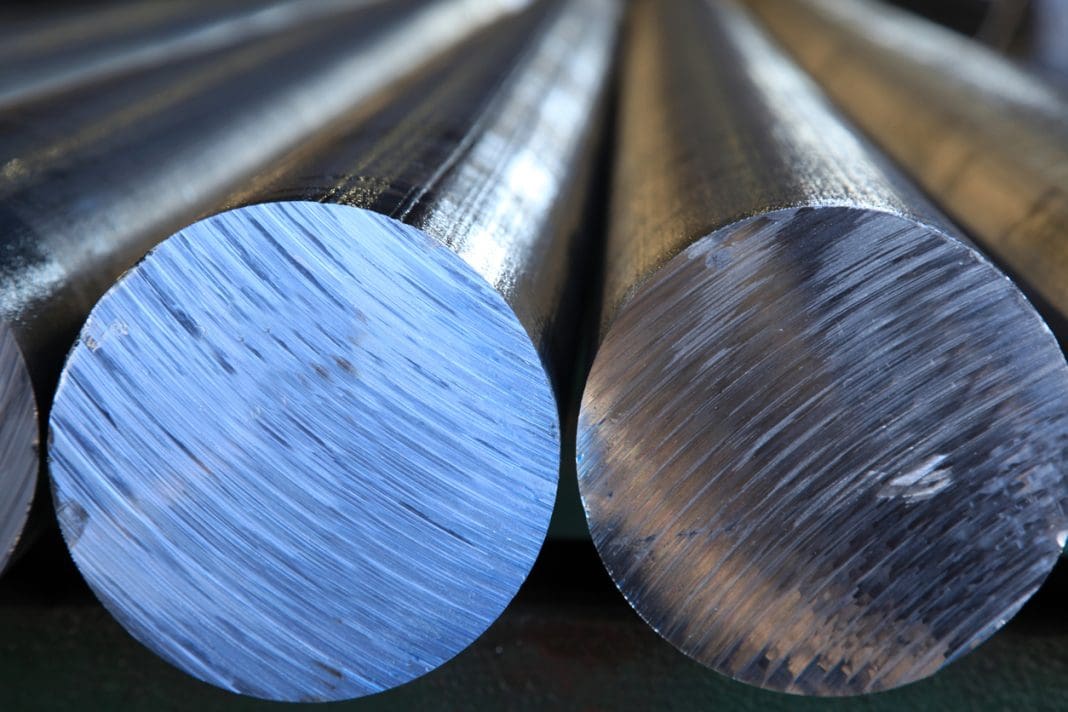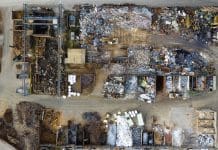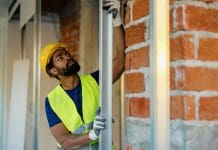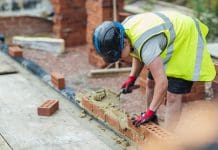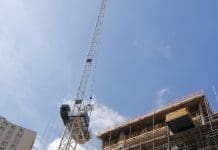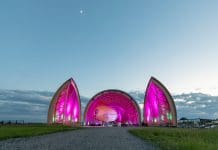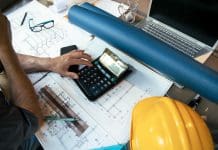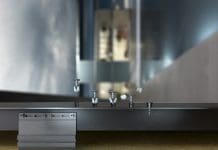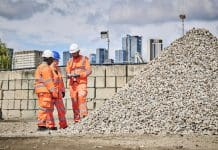John McComb, technical services director at Reynaers Aluminium, looks at the work taking place within the aluminium industry to improve access to products with lower levels of embodied carbon
Aluminium offers some important performance advantages over alternative materials, not least its lightweight structure and resistance to corrosion, which have led to it being specified on some of the world’s highest profile buildings.
It also has excellent recycling properties, retaining performance characteristics. But, like all construction products, we are not able to produce a perfect product with no environmental impact. As is the case with many different materials, the energy intensive production process of aluminium is an area that the industry has sought to improve in order to bring aluminium’s environmental credentials in line with its other key benefits.
Optimising the use of recycled aluminium is of course a critical route to reducing embodied carbon. Using only a fraction of the energy needed to produce the primary product, recycled aluminium has a far lower level of embodied carbon, averaging around 0.5 tons CO2-equivalents per ton.
As aluminium can be infinitely recycled without incurring any loss in quality, this is a sound proposition and around 92-98 per cent of aluminium used in the building industry in Europe is recycled in some way. However, availability is an issue as recycled material becomes a victim of its own popularity with demand outstripping supply.
This means that in order to meet the volumes our construction projects need, primary aluminium remains a key source. Let’s take a closer look at what is being done to ensure an increasing supply of lower carbon aluminium.
Evolving production methods of lower carbon aluminium
In Europe primary aluminium is typically produced with a carbon footprint of around 9.34kg CO2/kg, including extrusion, although across the world this can be higher depending on the how the power used for production is generated. As this is the principal source of carbon, changes to how manufacturers power their processes – such as switching to renewable energy – can have a dramatic impact on carbon footprint.
In some countries aluminium production has already moved to be largely powered in this way, which has helped to cut embodied carbon with hydro-powered plants producing aluminium with embodied carbon levels of 4kg CO2/kg aluminium.
Innovation is playing an important part in identifying ways to cut emissions even further. Changes to the Hall-Héroult process – the main method of aluminium production – have increased efficiency where they have been put in place, further helping to cut emissions. Broadening the use of these changes will create an even bigger impact.
Other developments include the ability to replace carbon anodes in the production process with a ceramic material that leads to only oxygen being emitted. Using this method in combination with sustainable energy will have a significant impact on driving down carbon levels in aluminium.
Keeping the focus on lowering carbon
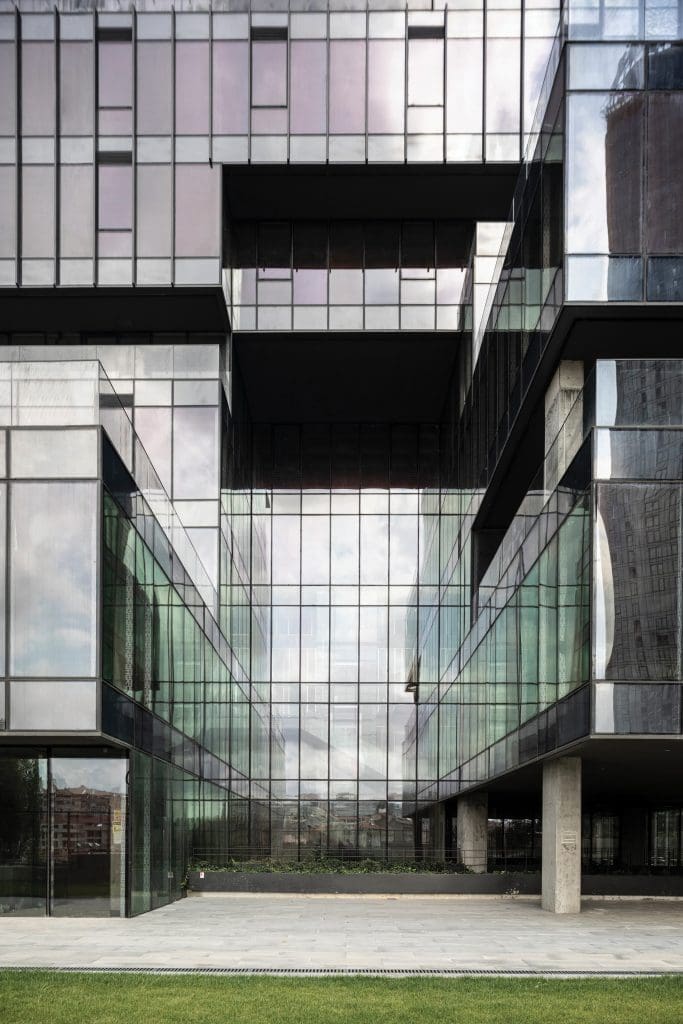
While changes are being introduced to support low carbon aluminium, supply remains limited. As a member of European Aluminium, Reynaers is committed to supporting work to reduce carbon in aluminium and to find sustainable solutions.
In 2022 the weighted average carbon footprint of the aluminium billets used to extrude our aluminium profiles in Duffel, in Belgium amounted to 3.96kg CO2eq. In 2022, we had a share of low carbon primary aluminium of 44% and a share of recycled aluminium of 32%. We are on a continual path to improve our carbon footprint, to achieve science-based targets as outlined in Reynaers Act by 2030.
Reynaers Act sets out our commitment as a company to develop more circular products, improve thermal efficiency and cut the company’s direct carbon emissions by 46% and indirect carbon emissions by 55% by 2030, as well as to source low carbon aluminium.
As awareness grows of where carbon levels are an issue, the focus on making the necessary changes to support sustainable building design will intensify. Innovation and investment are central to making efficient, lasting change in the production process to create more low carbon aluminium.
The industry must work together to support one another in making changes and producing more low carbon solutions. As progress continues to be made it is important to continue to focus on areas where an immediate change to carbon emissions can be made.
Through continued commitment to finding solutions that better support sustainable building design we can make a difference and work together to lower the carbon footprint of the building industry.


